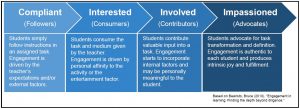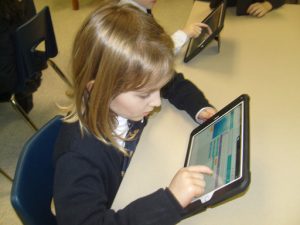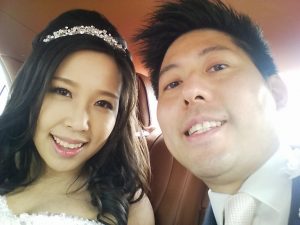As a Technology Integration Specialist, I spend much of my time helping teachers “to reason soundly about their teaching as well as perform skillfully” (Shulman, 1987, p. 13). The process of reasoning is collaborative as teachers must have a stronger concept of pedagogical content knowledge (PCK) and I usually have stronger concept of technological pedagogical knowledge (TPK). Thus, teachers have a better sense of “what makes the learning of specific topics easy or difficult” (Shulman, 1986, p. 9), and I have better “knowledge of the existence, components, and capabilities of various technologies as they are used in teaching and learning settings” (Mishra & Koehler, 2006, p. 1028).
A typical exchange with a teacher would start with a meeting where we discuss lesson plans and/or curriculum maps; we would go over the learning outcomes and discuss pedagogical practices that have been effective in developing student thinking and knowledge. For instance, one of my Math teachers discussed using the Harkness method and how it helped students work through more difficult problems collaboratively. From my previous interactions with the English Department, I suggested a new application called “Parlay Ideas” which facilitates Harkness style learning; with this application, students feel more comfortable sharing ideas and teachers can quickly track student learning with visual snapshots of each student’s participation/performance. After the implementation and trial period, several follow-up meetings were conducted to refine the use of the technology.
In a perfect TPACK world, every teacher would understand their content, what strategies are useful in helping students learn that content, and which technologies can provide effective enhancement to the learning process. One might argue that this framework sounds awfully teacher-centered; there is a huge push for teachers to fall into the background and allow the “human learner (to be) involved in learning and ultimately the construction of knowledge” (Jonassen et al., 1994, p. 31). Is TPACK the best model to promote student learning? How far should the pendulum swing between teacher-centered and student-centered learning?
Jonassen, D. H., Campbell, J. P., & Davidson, M. E. (1994). Learning with media: Restructuring the debate. Educational technology research and development, 42(2), 31-39.
Shulman, L.S. (1986). Those who understand: Knowledge growth in teaching. Educational Researcher, 15(2), 4-14.
Shulman, L.S. (1987). Knowledge and teaching. The foundations of a new reform. Harvard Educational Review, 57(1)1-23.
Mishra, P., & Koehler, M. (2006). Technological pedagogical content knowledge: A framework for teacher knowledge. The Teachers College Record, 108(6), 1017-1054.



